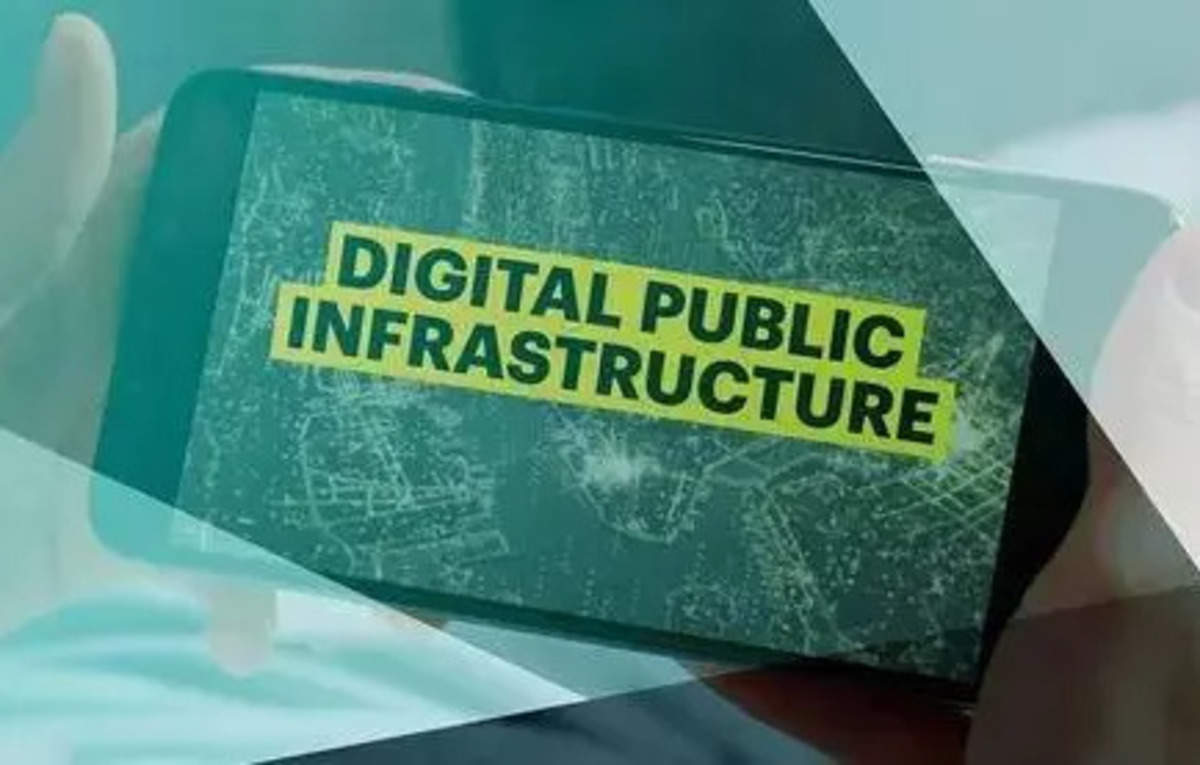How Digital Public Infrastructure (DPI) Is Driving India’s GDP Growth
India’s economic rise in the 21st century has not just been about manufacturing or services—it’s been significantly shaped by its pioneering development and implementation of Digital Public Infrastructure (DPI). Often hailed as the “India Stack”, DPI has enabled digital identities, seamless payments, and rapid data exchange that collectively fuel inclusive growth, innovation, and GDP expansion.
In this blog, we’ll explore how DPI is powering India’s digital economy, expanding financial inclusion, reducing transaction costs, and creating opportunities for businesses and governments—thus boosting Gross Domestic Product (GDP).
🔗 Explore business integration opportunities with India’s digital economy at India-Agent.com
📘 What Is Digital Public Infrastructure (DPI)?
Digital Public Infrastructure refers to interoperable, open-source platforms developed and maintained by public institutions to deliver foundational digital services to citizens, businesses, and governments.
Key components of India’s DPI include:
-
Aadhaar – Unique digital identity for over 1.3 billion people
-
UPI (Unified Payments Interface) – Real-time, low-cost digital payment platform
-
DigiLocker – Digital document storage and verification
-
FASTag, CoWIN, GSTN – Examples of DPI used in transportation, healthcare, and taxation
India Stack represents the most advanced model of DPI globally—enabling everything from financial inclusion to pandemic response through digital means.
🔗 Learn more about India Stack
📈 How DPI Boosts GDP: 5 Impact Channels
1. Financial Inclusion & Economic Formalization
India’s DPI has helped integrate millions into the formal financial ecosystem, especially in underserved rural and semi-urban regions.
-
Over 480 million bank accounts opened under the Jan Dhan Yojana
-
UPI recorded over 11 billion monthly transactions as of March 2024 (NPCI)
This inclusion has:
-
Boosted consumer demand
-
Increased tax compliance
-
Empowered women and small entrepreneurs
According to the World Bank, digital financial inclusion can increase GDP by up to 2% for developing nations.
2. Ease of Doing Business & SME Enablement
DPI has drastically reduced compliance and transaction burdens for MSMEs (Micro, Small, and Medium Enterprises).
Benefits:
-
Instant business registration and GST filing
-
Seamless digital payments and receipts via UPI
-
Paperless document exchange through DigiLocker
This allows Indian MSMEs to operate efficiently and scale quickly—directly impacting employment and exports.
🔗 Read: How to Manage Import Compliance in India Through Expert Agents
3. Data-Driven Governance & Public Delivery
The Indian government leverages DPI to deliver subsidies, pensions, and welfare directly to beneficiaries.
-
Direct Benefit Transfer (DBT) saved ₹2.7 lakh crore (~$32 billion) by reducing leakages (NITI Aayog)
-
Programs like CoWIN and Aarogya Setu used DPI to manage public health during COVID-19
Efficient public delivery improves productivity, ensures capital is used effectively, and reduces corruption—all contributing to GDP growth.
4. Platform for Innovation and Startup Ecosystem
India’s DPI acts as a launchpad for fintechs, healthtechs, edtechs, and other startups.
Startups build on open APIs and data layers provided by:
-
Aadhaar for authentication
-
UPI for payments
-
Account Aggregator framework for financial data sharing
This has led to the rise of unicorns like:
-
Razorpay (Fintech)
-
Navi (Personal Finance)
-
Khatabook (Digital Ledger)
A thriving startup ecosystem generates employment, attracts FDI, and drives innovation-led GDP expansion.
🔗 Read: D2C Marketing Success Stories from India
5. Cross-Border Digital Trade & Services
India is now exporting DPI tools to developing nations under the India Stack Diplomacy.
Countries like:
-
Singapore (UPI-PayNow link)
-
Philippines
-
Kenya
-
Bhutan and Nepal
…are adopting India’s open-source DPI solutions.
This increases India’s global tech leadership, boosts the service sector, and opens new revenue streams—further aiding GDP growth.
🧠 Real GDP Impact: What the Numbers Say
-
India’s digital economy contributed ~22% of GDP in FY23, and is projected to reach 25-30% by FY30
-
DPI-led productivity gains could contribute $1 trillion to India’s GDP by 2030 (Source: World Economic Forum)
-
Government savings through DBT and tax digitization increased fiscal space for infrastructure and social investment
These numbers demonstrate DPI is more than just a digital convenience—it’s an economic engine.
🧩 Challenges Ahead
While DPI is transforming India’s economy, several challenges remain:
-
Ensuring data privacy and security under new DPDP Act (2023)
-
Bridging the digital divide in remote areas
-
Reducing dependence on paper KYC despite Aadhaar verification
-
Promoting private sector innovation without monopolies
Yet, India’s regulatory and policy framework is evolving to address these, with a focus on interoperability, inclusion, and privacy.
🌍 How India-Agent.com Supports DPI-Driven Business Integration
For foreign companies and investors eyeing India’s digital economy, understanding and integrating with DPI is crucial.
India-Agent.com helps global partners:
-
Onboard with UPI, Aadhaar-based KYC, and DigiLocker
-
Access Account Aggregator APIs for credit risk analysis
-
Implement DPI-based customer onboarding and e-signing
-
Comply with data localization and fintech regulations
Whether you’re a fintech, e-commerce firm, or logistics company—our agent services ensure smooth entry into India’s DPI-powered economy.
✅ Conclusion: DPI as a Pillar of GDP Growth
India’s journey in building digital public infrastructure offers a roadmap for emerging economies and an opportunity for global investors. DPI is not just about digital convenience—it is a strategic growth lever that fuels GDP, boosts transparency, and enables a future-ready economy.
As India marches toward becoming a $5 trillion economy, DPI is its digital backbone—and businesses that understand and leverage it will be the biggest beneficiaries.
